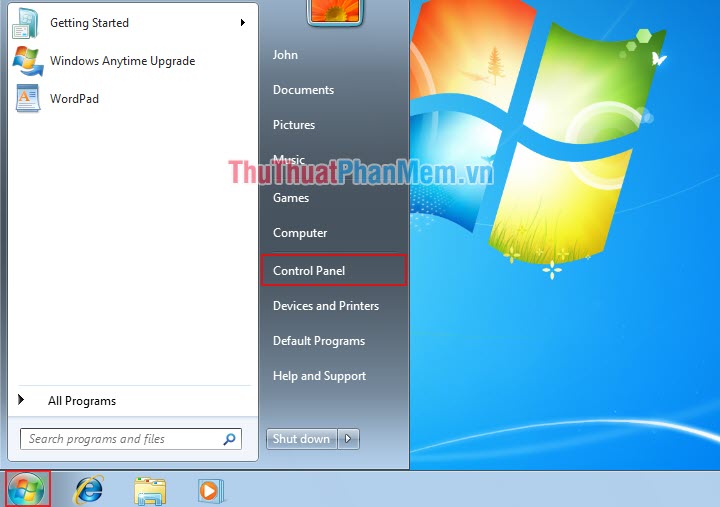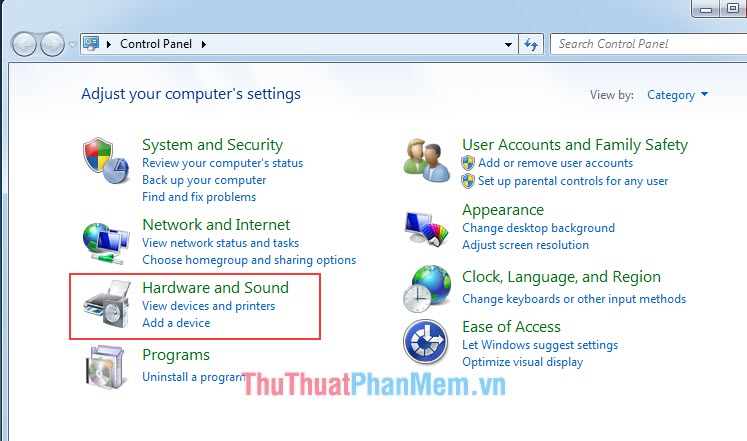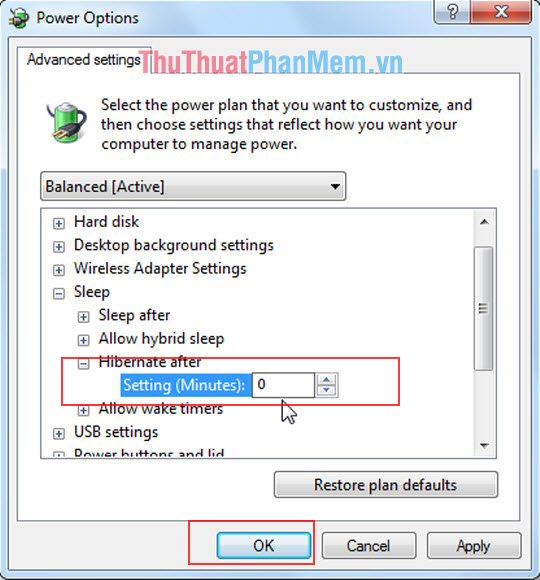How to turn hibernate (Hibernate) in Windows 7
In Windows 7, there is a power saver called Hibernate (also known as hibernation) that is loved by many people. But this Hibernate mode also consumes quite a bit of memory, if your computer has less capacity, turn them off to free up more space. How to turn hibernate (Hibernate) on is not known.

(Note: If your device has more than 4GB of RAM, this Hibernate mechanism may not exist.)
How to turn off hibernation.
Step 1: Click on the Windows icon and select Control Panel .

Step 2: In the Control Panel, select Hardware and Sound

Step 3: Choose Power Options.

Step 4: Switch back to Balanced mode and select Change Plan Settings

Step 5: Select the Change advanced power settings section

Step 6: You change the parameters of the Setting of the Hibernate after under Advance Setting to 0 will disable this feature. Or you can change the number of minutes depending on your individual needs. Then click Apply and select OK .

Thus, Thuthuatphanmem.vn has instructed you on how to turn off hibernation (Hibernate) of Windows 7. Wish you success!
 How to set a password, password for the computer, laptop
How to set a password, password for the computer, laptop How to turn firewall (Firewall) on Win 7
How to turn firewall (Firewall) on Win 7 What is VRAM? How to increase VRAM for computers
What is VRAM? How to increase VRAM for computers How to clean junk files and speed up Windows with Clean Master
How to clean junk files and speed up Windows with Clean Master Invalid Partition Table is what error and how to fix it
Invalid Partition Table is what error and how to fix it How to fix missing or missing msvcp110.dll file on the computer
How to fix missing or missing msvcp110.dll file on the computer